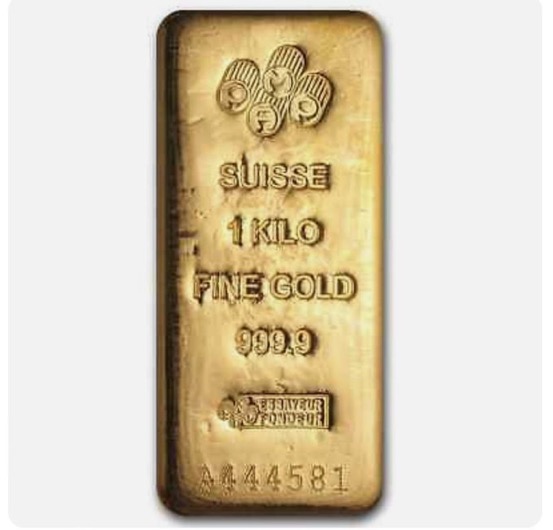The impact of Powell’s hawkish speech on the future of the dollar index and the global economy

The dollar index has been trading in a clear fluctuation after it dropped to levels close to 100 points during the announcement of the U.S. Federal Reserve’s decision on Wednesday evening, followed by Federal Reserve Chairman Jerome Powell’s strong and influential speech on the monetary policy and the future of the U.S. economy. In his speech, he addressed the current economic conditions and the challenges facing the United States and the global economy in general. He clearly stated that the Federal Reserve might raise interest rates in September if the data warrants it. He also mentioned that the period leading up to the next meeting will be filled with important economic numbers and data, such as inflation reports and labor market reports, and that the Federal Reserve will base its future decisions on them.
During his responses to journalists’ questions, Powell said, “We need to look at all inflation rates and the pace of decline when we consider lowering interest rates.” He added that there is a lot of uncertainty about the expectations for the upcoming Federal Reserve meeting and when talking about the next year. Powell also stated that Federal Reserve officials no longer expect a recession in the U.S. economy, and they do not see inflation returning to the targeted 2% until around 2025. Further tightening of monetary policy could occur, if necessary, which would support the dollar index in the medium and long term.
From my perspective, the Federal Reserve is still very concerned about the return of inflation to higher levels. There will be no interest rate cuts this year or the next. The Federal Reserve may raise interest rates further at the September meeting, especially since Powell is not entirely confident in ending the Federal Reserve’s battle against high inflation, despite recent positive economic data showing a clear decline in inflation rates. This supports expectations of continued tightening policies in the future, and all the aforementioned factors will be good for the U.S. dollar, even if it takes some time.
On the global level, the European Central Bank is expected to follow the Federal Reserve’s footsteps tomorrow, Thursday, and raise its main interest rate from 4.0% to 4.25%, which will support the strength of the euro at the time of the announcement. As for Friday, the Bank of Japan is expected to maintain its accommodative monetary policy and keep its main interest rate at -0.10%. At the end of today’s trading, the U.S. dollar declined to 140.34 from 141.67 against the Japanese yen.






